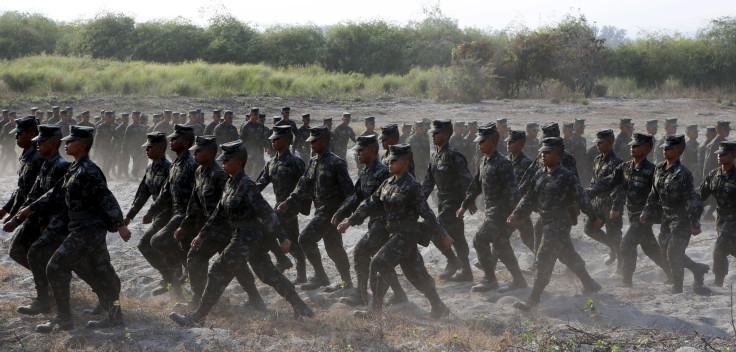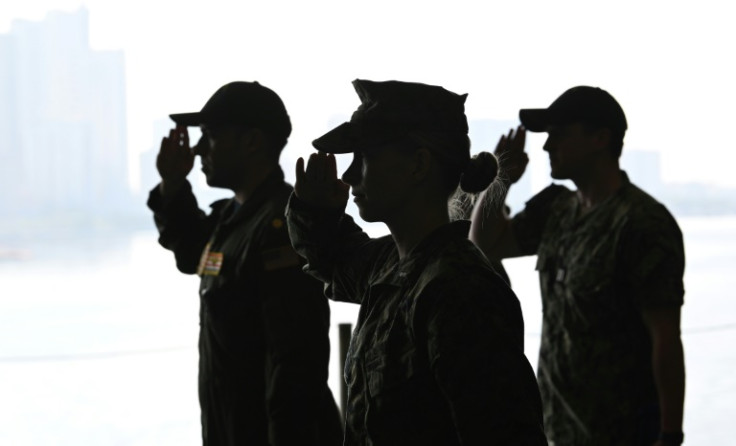US Not Seeking 'Permanent' Bases In Philippines After 4 New Identified, One Near Taiwan

KEY POINTS
- A Pentagon official said the designation of four new EDCA sites is for 'regional readiness'
- A Philippine official reiterated the EDCA sites are "suitable and mutually beneficial"
- The locations of the new 4 EDCA sites are near Taiwan and the West Philippine Sea
As the United States secures access to four additional military bases in the Philippines under the Enhanced Defense Cooperation Agreement (EDCA), the Pentagon assured that they are not seeking permanent bases in the Southeast Asian nation.
The Philippine government named Naval Base Camilo Osias in Sta Ana. Cagayan; Lal-lo Airport in Lal-lo, Cagayan; Camp Melchor Dela Cruz in Gamu, Isabela; and Balabac Island in Palawan as new EDCA sites.
Pentagon Deputy Press Secretary Sabrina Singh said the establishment of new sites aims to strengthen the interoperability between the U.S. and the Philippines' armed forces.
"This is more about supporting combined training, being able to respond to natural disaster, humanitarian disasters in the region but this is really about regional readiness," Singh said in a press briefing on Monday.
She underscored that the training of the Philippine and U.S. troops would be more resilient because of the new sites.
However, Singh added that the U.S. Armed Forces are not looking at "permanent basing" in the country.
"We're not seeking permanent basing here, so you're going to see an increase of rotational forces in the region," she explained.
Washington also assured that the activities around the sites are "responsive to the needs and priorities of local communities."
China has repeatedly opposed the designation of more EDCA sites, noting it could "seriously harm" the national interest of the Philippines as well as regional peace and stability in the region.
Two of the new sites are located in Cagayan, which is near Taiwan, while Balabac Island is near the West Philippine Sea.
However, U.S. Ambassador to the Philippines MaryKay Carlson said in an interview with GMA News Online that the EDCA sites would not serve as a magnet for conflict but instead boost the Philippine economy.
Philippines' Presidential Communications Office reiterated the locations considered are "suitable and mutually beneficial" to boost the disaster response of the Philippines and the United States, as the location will be used for humanitarian and relief operations.
The announcement came just days before the scheduled 2+2 defense and foreign ministry meeting between Manila and Washington, as well as the largest ever Philippine-U.S. Balikatan military exercise set to start next week.
During the visit of US Defense Secretary Lloyd Austin to the Philippines last February, the two countries agreed to designate four new locations to accelerate the full implementation of EDCA.
With the identification of new EDCA sites, this brings a total of nine sites, including Antonio Bautista Air Base in Palawan; Basa Air Base in Pampanga; Fort Magsaysay in Nueva Ecija; Lumbia Air Base in Cagayan de Oro; and Mactan-Benito Ebuen Air Base in Cebu.
The United States has committed $80 million worth of infrastructure for the five existing sites.

© Copyright IBTimes 2024. All rights reserved.




















